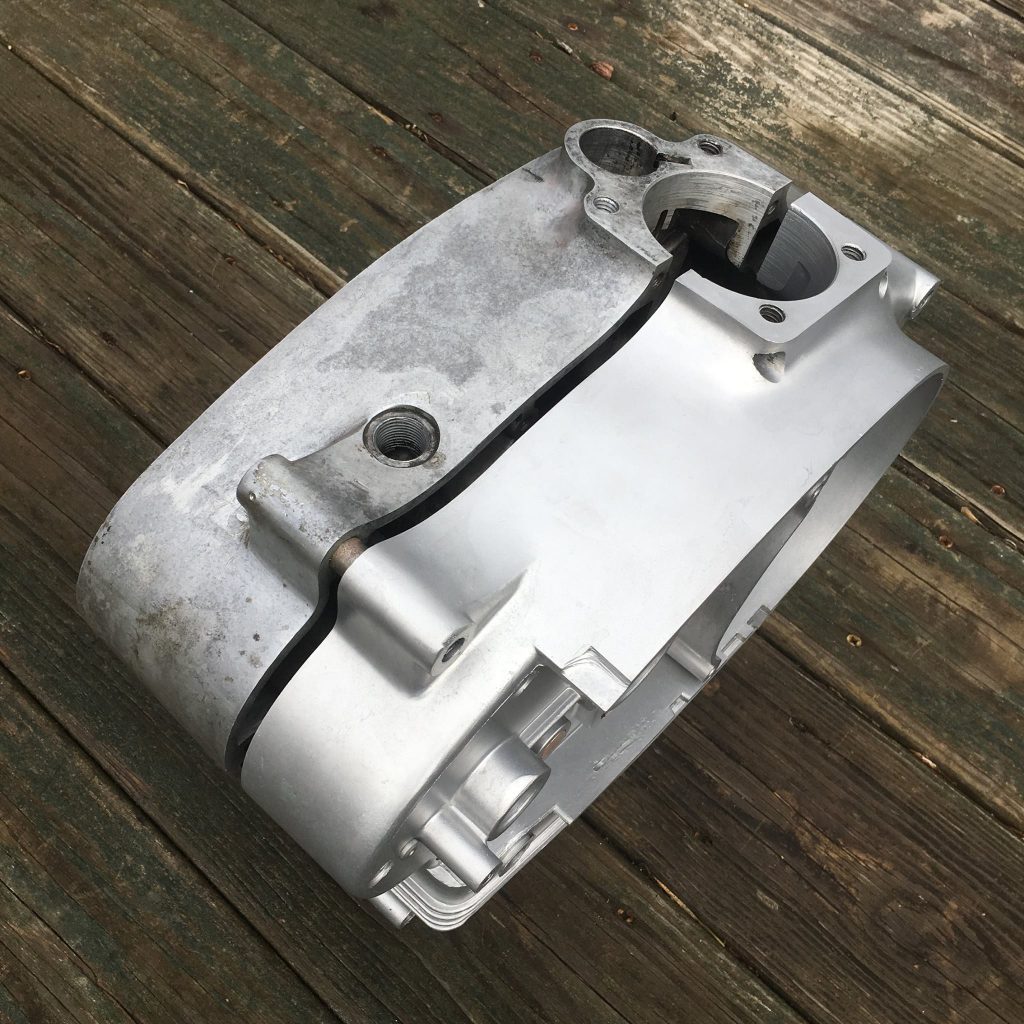Wet blasting, also known as Vapor blasting, has many great solutions and, like any application, has its pros and cons. Read below to learn more about the advantages and disadvantages of wet blasting.

Wet Blasting Pros
- Wet blasting has the potential to reduce dust.
- Single-step wash. Unlike other blasting techniques, wet blasting only requires a single-step application.
- Helps reduce the use of media – The use of media varies depending on several factors. The size of the blast nozzle is the main factor in deciding the amount of media to use. As a vapor blaster adds the media into the water stream, this can help to reduce the amount of media used. However, this depends on the substrate being blasted and the amount of strength the contaminants have on the surface.
- Less Sensitivity to Outside Conditions – This benefit depends on the style of wet blaster you are using. For example, if you are using a wet blaster that has water mixed in with media then your surface will not be as affected by humidity because there is water already in your blast media.
Wet Blasting Cons
- It can result in flash rusting – No matter the technique you use, the surface will begin to rust again if a protective coating is not applied. However, with wet blasting, the time to corrosion is shorting, and a rust inhibitor will have to be used for the equipment. Because water accelerates corrosion, the rust inhibitor will help slow the process, but even with the inhibitor, a wet blasted product will have less time available compared to a dry blasted product before corrosion starts.
- Containing blast media can be difficult – Depending on what and where you are blasting, you may not be able to retain all residual blast media. If this is the case, you would need to be able to retain the water that is produced from wet blasting, which could be challenging.
- Stopping the blasting may take time – Depending on the style of the wet blaster, your wet blasting technician may not be able to stop blasting until they are finished. Especially, if their wet blaster mixes water in the media. If the water mixed with media remains in the blast pot for too long the two will form a hardened mass in the blast pot.
Wet blasting services can be a good option in many applications. When you use vapor blasting services, the benefit is the reduction of dust that is created by blasting, provides a cleaner surface, and can use fewer media. There are not many cons with wet blast services. These cons consist of higher initial costs, some limitations on applications, and difficulties that can happen when trying to containing blast media.
If you wonder whether wet blasting could be an improvement for your application, we recommend contacting a vapor blasting specialist.


Carl Sless
• May 1, 2021We are using glass on aluminum cyl. heads but we have a problem with oil passages and bolt holes.
The glass is hard to get it out. Would we have the same problem with wet blasting.